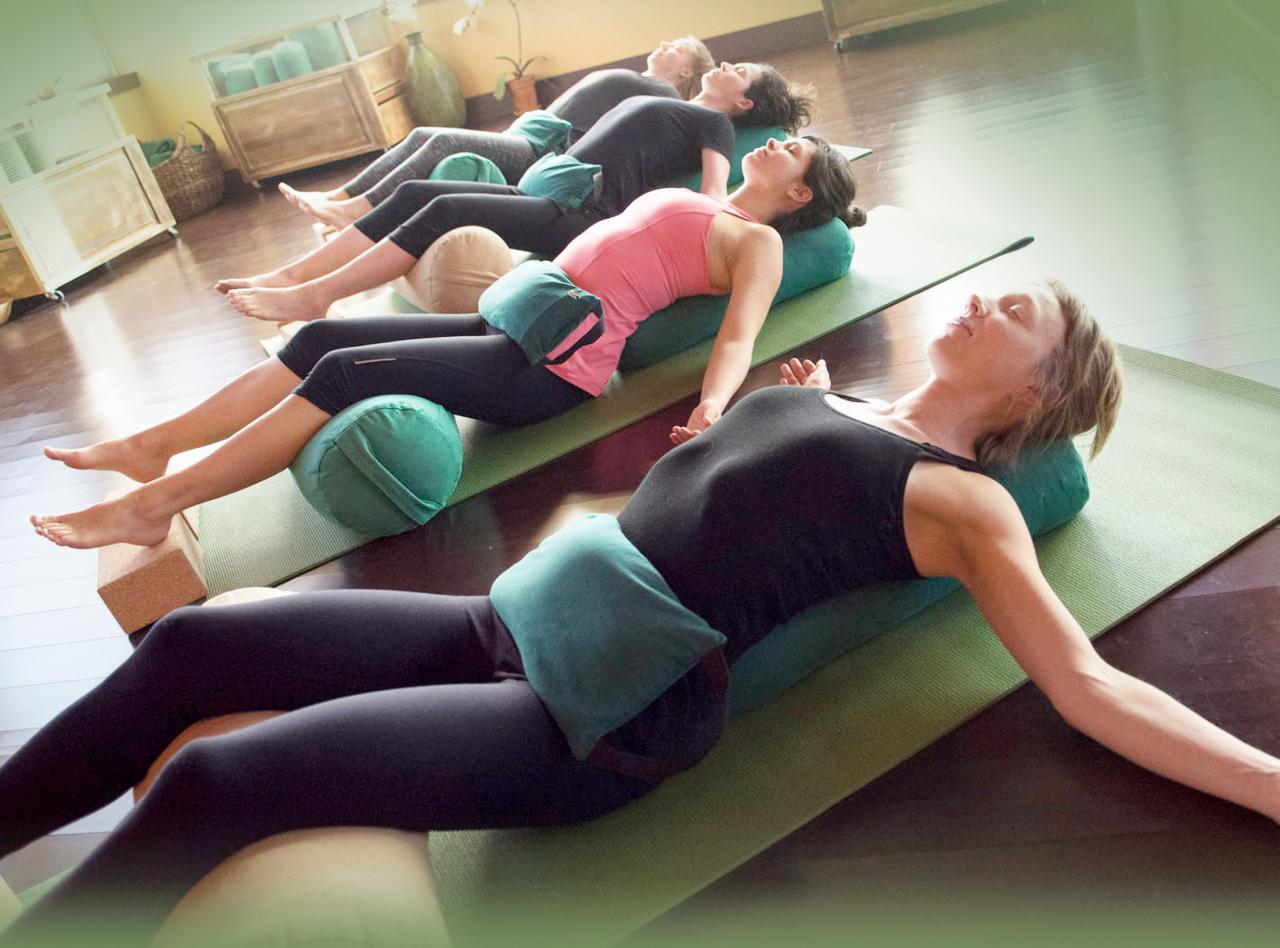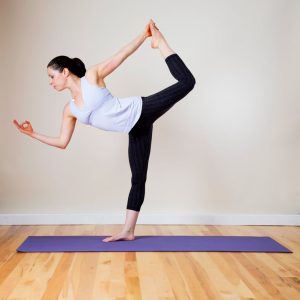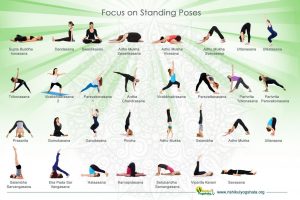
Practicing Restorative Yoga

Restorative yoga is a gentle and deeply relaxing practice designed to alleviate stress, promote relaxation, and restore balance within the body and mind. It involves holding passive poses for extended periods, allowing the body to fully release tension and surrender to gravity. This practice is accessible to individuals of all levels, including beginners, and can be adapted to suit individual needs and limitations.
A Typical Restorative Yoga Sequence for Beginners
A typical beginner’s sequence might begin with a few gentle stretches to prepare the body, followed by several supported poses held for 5-10 minutes each. The poses are designed to encourage deep relaxation and release tension in specific areas of the body. The sequence should progress gradually, building towards deeper relaxation. It’s important to listen to your body and adjust the poses as needed.
A typical sequence might include supported child’s pose, supported reclined butterfly pose, and supported supta baddha konasana (reclined bound angle pose). The sequence concludes with a period of Savasana (corpse pose) to fully integrate the relaxation.
Creating a Supportive and Calming Environment for Practice
Creating the right atmosphere is crucial for a successful restorative yoga practice. This involves minimizing distractions and creating a space that feels safe, comfortable, and inviting. Dim lighting, calming music, and a comfortable room temperature contribute significantly to the overall experience. Using essential oils like lavender or chamomile can further enhance the sense of peace and tranquility.
Ensuring privacy and minimizing interruptions is also essential for allowing the body and mind to fully relax and unwind. The goal is to create a sanctuary where you can fully let go of tension and stress.
Proper Use of Props in Restorative Yoga
Props are essential in restorative yoga, providing support and allowing the body to fully relax into the poses without strain. They help to deepen the stretch, promote relaxation, and make the practice accessible to people of all levels. Using props correctly is crucial to derive the full benefits of the practice.
- Bolsters: Bolsters provide support for the spine, hips, and chest in many poses. For example, in supported reclined butterfly pose, a bolster supports the spine and allows for a deeper release in the hips. In supported bridge pose, it supports the back, creating a gentle opening in the chest and shoulders.
- Blankets: Blankets offer warmth, cushioning, and support. They can be folded and placed under the knees, hips, or head for added comfort and support. For example, in Savasana, a blanket draped over the body can help regulate body temperature and provide a sense of security.
- Blocks: Blocks provide support and elevation, allowing for modifications to poses. They can be used to support the arms, legs, or head, making poses more accessible. For example, in a supported child’s pose, a block can be placed under the forehead to prevent strain on the neck.

